
Chaweng - The Heartbeat of Koh Samui
Discover Chaweng, the pulsating heart of Koh Samui, where stunning beaches, vibrant nightlife, and rich culture await every traveler.
Chaweng, located on the eastern coast of Koh Samui, is the island's most vibrant and bustling neighbourhood. Known for its stunning white-sand beach stretching over 7 kilometers, Chaweng is a magnet for sun-seekers and water sports enthusiasts. The turquoise waters are perfect for swimming, snorkeling, and paddleboarding, making it a haven for both relaxation and adventure. When the sun sets, Chaweng transforms into a lively nightlife hub. The main strip is lined with an array of bars, clubs, and restaurants that cater to all tastes. From lively beach bars to sophisticated cocktail lounges, there's no shortage of places to enjoy a night out. The famous Green Mango Club is a must-visit for those looking to dance the night away. In addition to its beach and nightlife, Chaweng offers plenty of shopping opportunities. Central Festival Samui, an open-air mall, features a mix of international brands and local boutiques. Alongside the main road, you'll find numerous street markets where you can haggle for souvenirs, clothes, and handicrafts. Don't forget to indulge in some delicious Thai street food while you shop. For those interested in culture, Chaweng is home to several temples and cultural sites. Wat Khao Hua Jook, perched on a hill, offers panoramic views of the island and is a serene spot to escape the hustle and bustle. Chaweng's central location also makes it an ideal base for exploring the rest of Koh Samui, with many tour operators offering day trips to nearby attractions.
Local tips in Chaweng
- Visit Chaweng Beach early in the morning for a peaceful experience before the crowds arrive.
- Rent a scooter to explore Chaweng and nearby areas conveniently.
- Check out the night markets for unique souvenirs and delicious street food.
- Always carry sunscreen and stay hydrated, especially during midday.
- Respect local customs and dress modestly when visiting temples.
Chaweng - The Heartbeat of Koh Samui
Chaweng, located on the eastern coast of Koh Samui, is the island's most vibrant and bustling neighbourhood. Known for its stunning white-sand beach stretching over 7 kilometers, Chaweng is a magnet for sun-seekers and water sports enthusiasts. The turquoise waters are perfect for swimming, snorkeling, and paddleboarding, making it a haven for both relaxation and adventure. When the sun sets, Chaweng transforms into a lively nightlife hub. The main strip is lined with an array of bars, clubs, and restaurants that cater to all tastes. From lively beach bars to sophisticated cocktail lounges, there's no shortage of places to enjoy a night out. The famous Green Mango Club is a must-visit for those looking to dance the night away. In addition to its beach and nightlife, Chaweng offers plenty of shopping opportunities. Central Festival Samui, an open-air mall, features a mix of international brands and local boutiques. Alongside the main road, you'll find numerous street markets where you can haggle for souvenirs, clothes, and handicrafts. Don't forget to indulge in some delicious Thai street food while you shop. For those interested in culture, Chaweng is home to several temples and cultural sites. Wat Khao Hua Jook, perched on a hill, offers panoramic views of the island and is a serene spot to escape the hustle and bustle. Chaweng's central location also makes it an ideal base for exploring the rest of Koh Samui, with many tour operators offering day trips to nearby attractions.
Iconic landmarks you can’t miss
Big Buddha Temple (Wat Phra Yai)
Explore the iconic Big Buddha Temple in Ko Samui, a serene retreat showcasing Thailand's rich cultural heritage and stunning coastal views.

Lad Koh View Point
Discover the stunning landscapes of Koh Samui from Lad Koh View Point, a scenic observation deck perfect for breathtaking views and photography.

Chaweng Beach
Explore Chaweng Beach in Surat Thani, a stunning destination offering pristine sands, exciting nightlife, and endless water activities for every traveler.
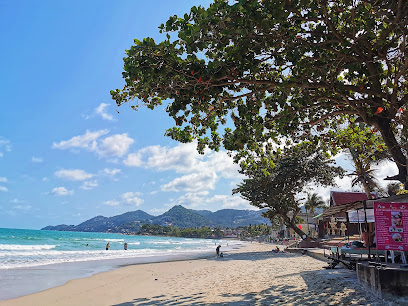
Wat Khao Hua Chuk Pagoda
Experience tranquility and breathtaking views at Wat Khao Hua Chuk Pagoda in Ko Samui, a must-visit tourist attraction for every traveler.
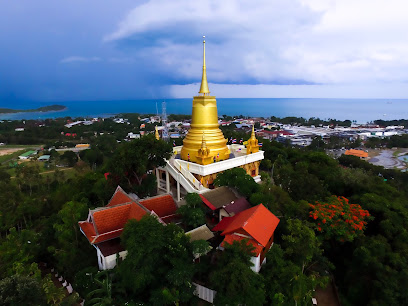
Maria food halal samui
Dive into the vibrant flavors of Maria Food Halal Samui, a must-visit night market in Chaweng for authentic halal Thai cuisine.
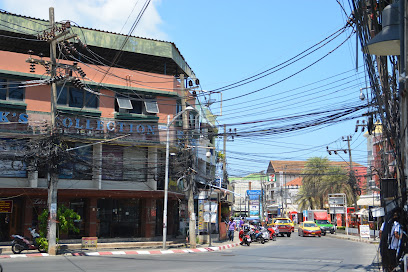
Cabaret Paris Follies
Discover the magic of Cabaret Paris Follies in Ko Samui, a premier dinner theater offering dazzling performances and fine dining in a vibrant atmosphere.
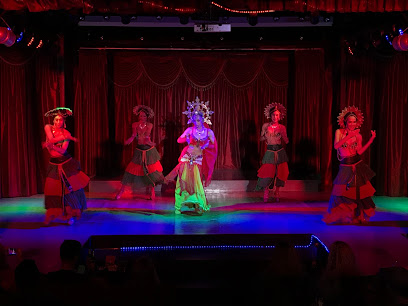
Ao Chaweng Yai
Experience the breathtaking beauty and vibrant culture at Ao Chaweng Yai, Koh Samui's premier beach destination for relaxation and adventure.
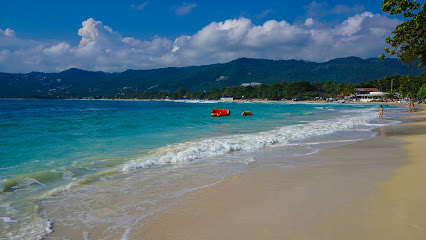
Chaweng Lake
Discover the serene beauty of Chaweng Lake in Ko Samui, a tranquil fishing pond perfect for relaxation, nature walks, and local wildlife observation.
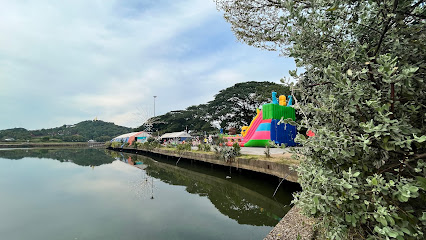
苏梅岛中国城 Chinatown Samui
Discover the vibrant culture and culinary delights of Chinatown Samui, a must-visit tourist attraction in Ko Samui.
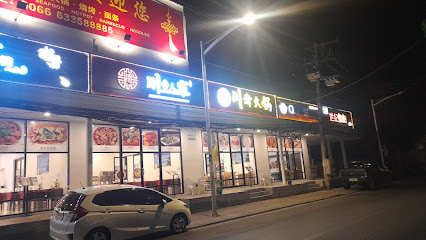
Chaweng Beach Entrance
Discover the vibrant atmosphere and breathtaking beauty of Chaweng Beach, a tropical paradise on Koh Samui offering adventure and relaxation.
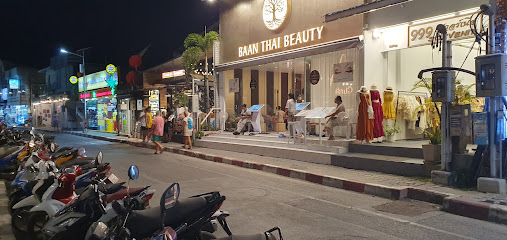
Chaweng Common Ground
Discover the vibrant Chaweng Common Ground in Ko Samui, where coffee meets culture and local brews create unforgettable experiences.
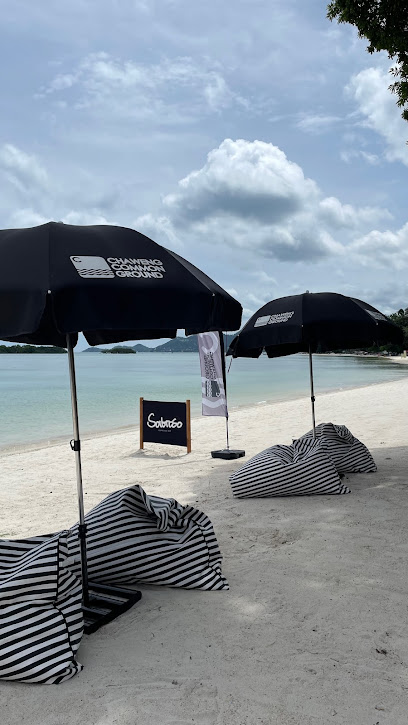
Ko Na Thian
Explore the natural beauty and cultural richness of Ko Na Thian, a stunning tourist attraction in Ko Samui, Thailand.
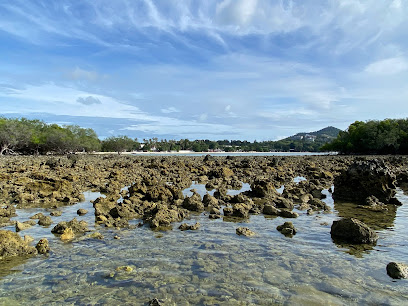
Ta Art Gallery
Explore the vibrant contemporary art scene at Ta Art Gallery in Ko Samui, showcasing unique local talents and captivating artworks.
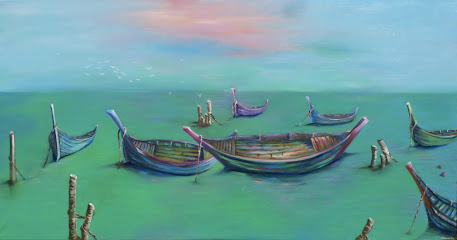
Unmissable attractions to see
Grandfather and Grandmother Rocks (Hin Ta Hin Yai)
Discover the whimsical charm of Grandfather and Grandmother Rocks in Koh Samui, where nature’s artistry meets local folklore amidst stunning coastal views.

Buddha's Footprint
Discover serenity and spirituality at Buddha's Footprint, a must-see destination on Ko Samui that offers breathtaking views and rich cultural significance.

Ao Chaweng Yai
Experience the vibrant beauty of Ao Chaweng Yai, where stunning beaches meet exciting nightlife and delicious culinary delights on Koh Samui.
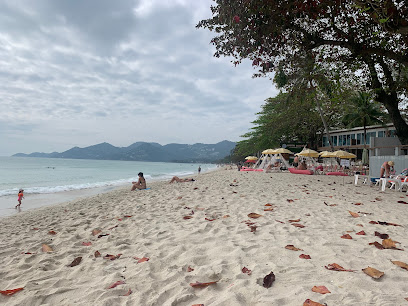
Ice Bar Samui
Discover the enchanting Ice Bar Samui, where icy cocktails and stunning sculptures create an unforgettable nightlife experience in Koh Samui.
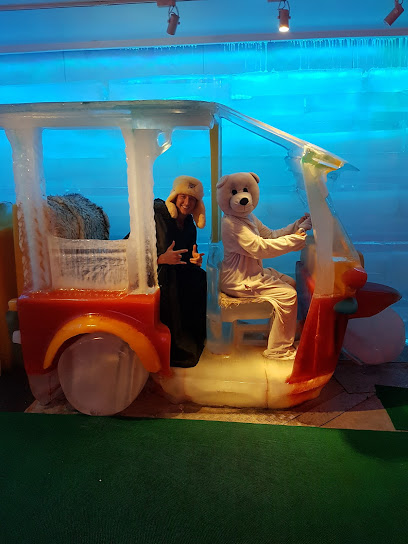
Mermaid Statue
Discover the enchanting Mermaid Statue in Ko Samui, a serene symbol of local folklore and a must-visit landmark showcasing stunning coastal views.
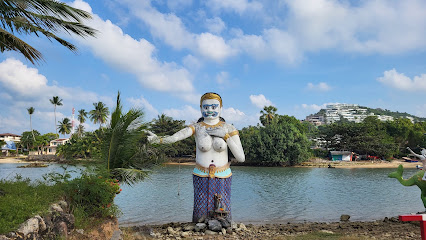
Fair Beach Rocks
Experience the breathtaking beauty of Fair Beach Rocks in Ko Samui, a serene tourist attraction perfect for relaxation and adventure by the sea.
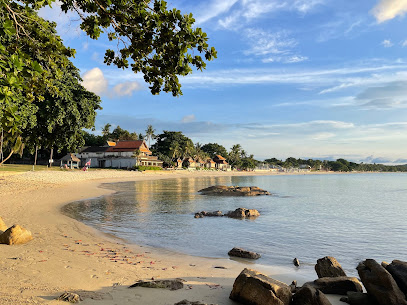
Public way to Chaweng Beach
Experience the breathtaking beauty of Chaweng Beach on Ko Samui, Thailand, with its stunning views, vibrant culture, and serene pathways.
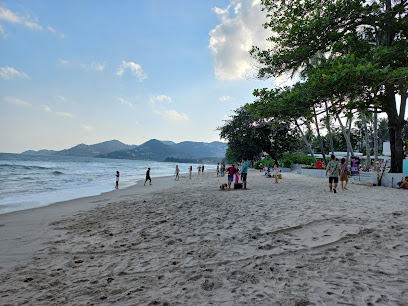
苏梅岛中国城 Chinatown Samui
Explore the enchanting Chinatown Samui, where vibrant street life meets rich cultural heritage and delectable Asian cuisine in the heart of Koh Samui.
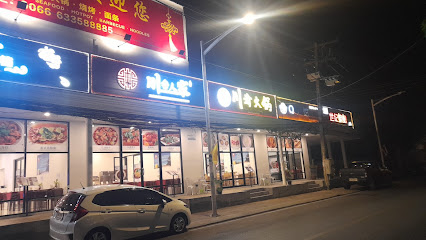
Chaweng Beach Entrance
Discover the vibrant beauty and lively atmosphere of Chaweng Beach Entrance, a premier destination on Koh Samui for relaxation and adventure.
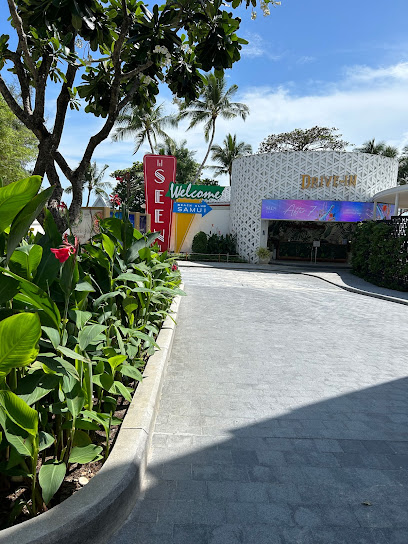
Chaweng Common Ground
Discover Chaweng Common Ground: a vibrant hub for craft beers and artisanal coffee in the heart of Ko Samui's Bo Put district.

Essential places to dine
Prego Samui
Experience authentic Italian cuisine at Prego Samui on Chaweng Beach - where exquisite flavors meet stunning ocean views.
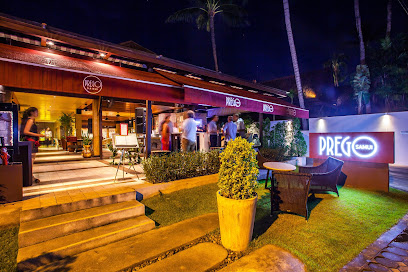
Malee Kitchen
Savor authentic Thai flavors at Malee Kitchen in Koh Samui's vibrant Chaweng Beach - an unforgettable dining experience awaits!
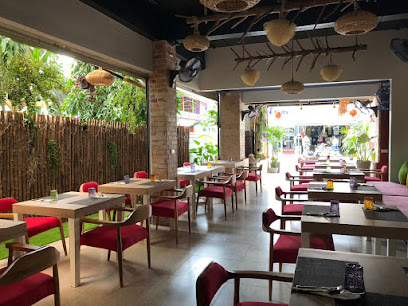
Day & Night of Koh Samui
Experience exquisite Thai and international cuisine with stunning views at Day & Night in Koh Samui.
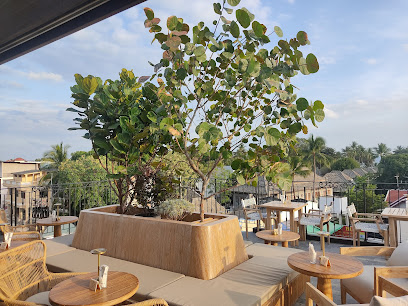
Onion 2 Restaurant
Experience authentic Thai cuisine at Onion 2 Restaurant in Ko Samui - where flavors come alive in a vibrant beachside setting.
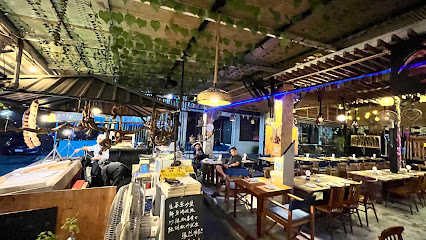
The Tent
Discover an unforgettable dining experience at The Tent in Ko Samui with exquisite flavors and inviting ambiance.
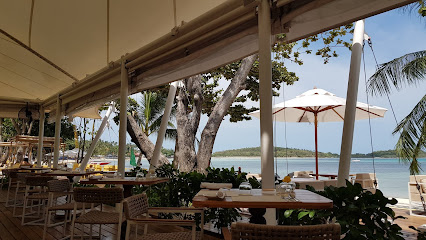
Share Restaurant - Koh Samui
Experience exquisite Thai cuisine with breathtaking beach views at Share Restaurant in Koh Samui.
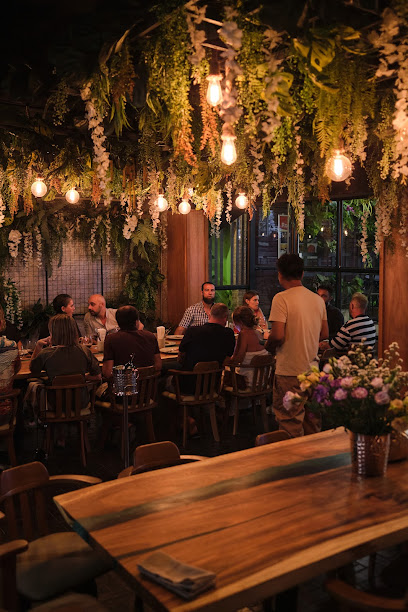
The Orchid Restaurant Chaweng
Experience authentic Thai cuisine at The Orchid Restaurant Chaweng – where flavor meets beautiful beachside views.
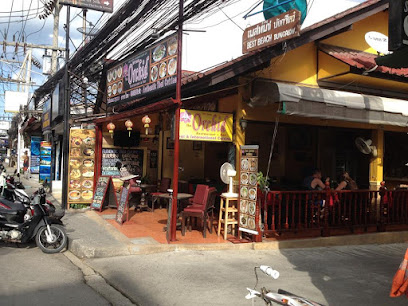
Rice Restaurant
Experience the best of Thai and Italian cuisine at Rice Restaurant in Ko Samui - where every meal tells a delicious story.
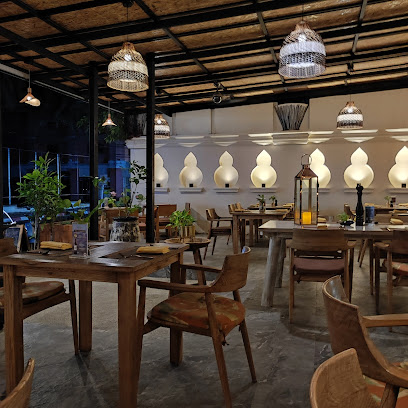
The Side Walk Restaurant
Experience exquisite flavors at The Side Walk Restaurant in Ko Samui, where every meal is crafted with passion and served with warmth.
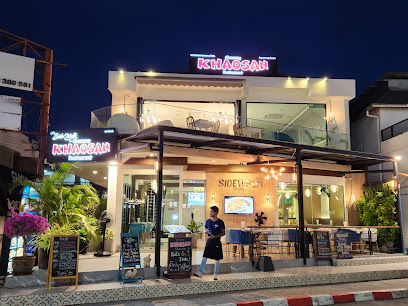
Talay Beach Restaurant Samui
Discover culinary bliss at Talay Beach Restaurant Samui - where exquisite Thai flavors meet breathtaking ocean views.
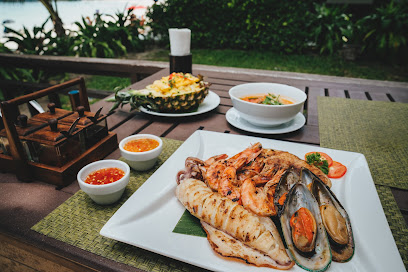
Markets, malls and hidden boutiques
PSYLO
Explore PSYLO in Koh Samui for unique clothing and accessories that embody the island's vibrant fashion culture.
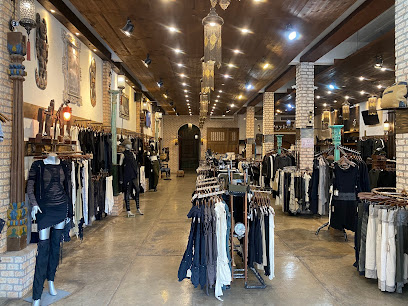
Nordenfeld
Explore Nordenfeld in Koh Samui for an exquisite collection of fashion accessories that embody local craftsmanship and modern style.
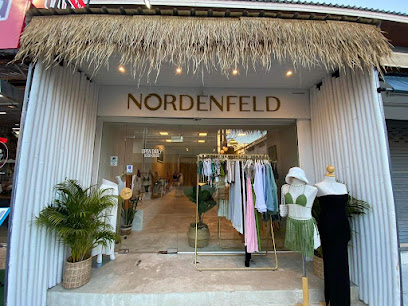
Jane's Boutique Thailand Co. Ltd.
Explore Jane's Boutique in Koh Samui for unique Thai souvenirs and handcrafted treasures that capture the essence of your travels.
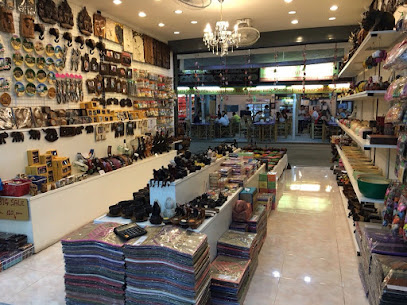
Lola Boutique @ Marine Chaweng
Discover the finest beachwear at Lola Boutique in Ko Samui, your ultimate destination for stylish swimwear and tropical accessories.
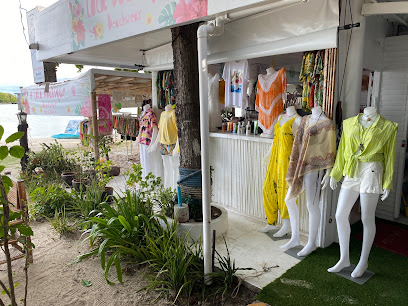
Chaweng Bootery
Explore exquisite handcrafted leather goods at Chaweng Bootery in Ko Samui, where quality meets artistry in every unique piece.
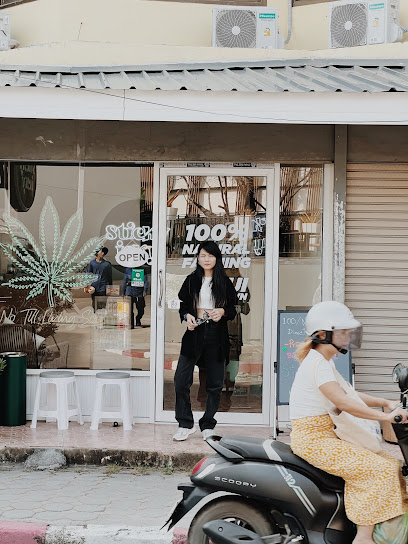
Prada store
Explore the luxurious Prada store in Ko Samui, where high-end fashion meets stunning beachside charm.
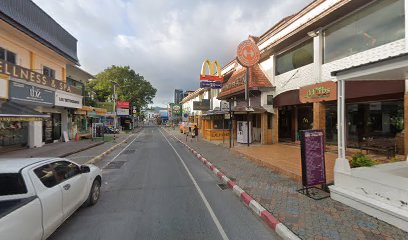
Luxe Shop, Koh Samui
Explore exquisite fashion accessories at Luxe Shop, Koh Samui - where elegance meets island style.
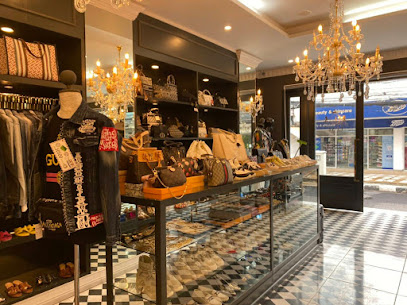
Essence Gift Shop
Explore Essence Gift Shop in Chaweng, Koh Samui, for unique souvenirs, local crafts, and a taste of Thai culture.

Deseo Boutique
Explore the vibrant fashion scene at Deseo Boutique, Ko Samui's premier clothing store for stylish beachwear and accessories.
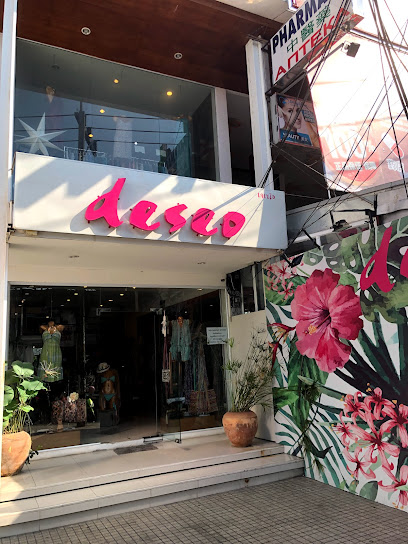
Chaweng Boutique
Discover authentic Thai souvenirs and local delicacies at Chaweng Boutique in Ko Samui – a treasure trove for every traveler.
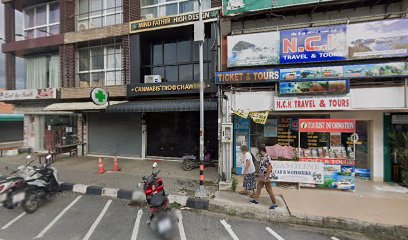
Essential bars & hidden hideouts
Tropical Murphy's
Experience the vibrant charm of Tropical Murphy's, an Irish pub in Ko Samui that blends delicious cuisine, sports, and a lively atmosphere.
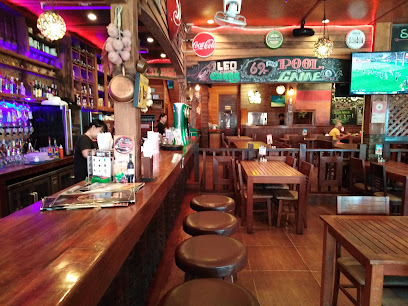
The Palms Bar & Grill Samui
Experience the vibrant nightlife at The Palms Bar & Grill Samui, where cocktails meet live music in a stunning beachfront setting.
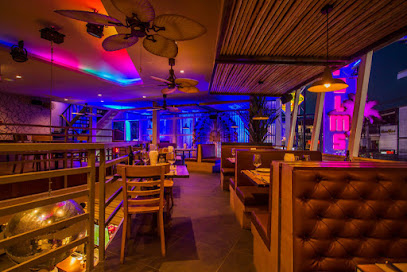
Henry Africa's Bar
Unwind in the vibrant atmosphere of Henry Africa's Bar, a top nightlife destination in Chaweng, Ko Samui, known for its lively ambiance and great drinks.
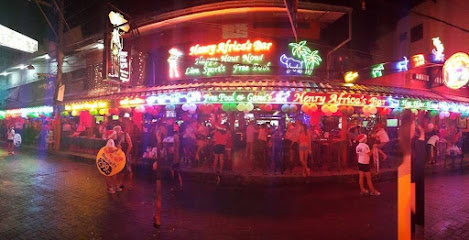
On Street Bar
Experience the vibrant nightlife of Ko Samui at On Street Bar, where creative cocktails and lively music create the perfect tropical escape.
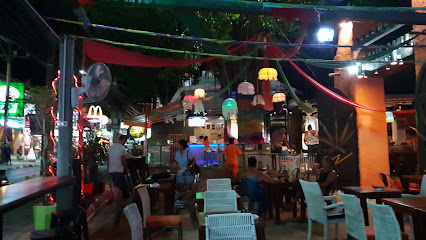
Jimmy Woo's
Experience the vibrant nightlife and delicious grilled cuisine at Jimmy Woo's, a top dining destination in Chaweng, Ko Samui.
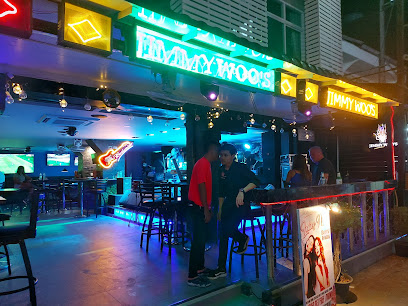
Suvarn Bar
Discover the vibrant Suvarn Bar in Ko Samui, where unique cocktails and stunning beach views create unforgettable experiences for every visitor.
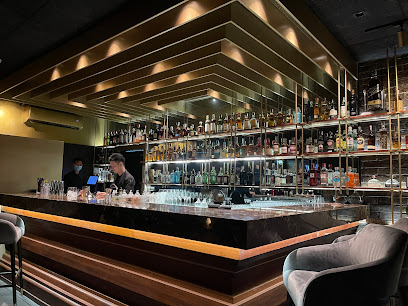
UNDER BAR
Experience the vibrant nightlife at Under Bar in Koh Samui, where drinks, music, and a lively atmosphere await every night.
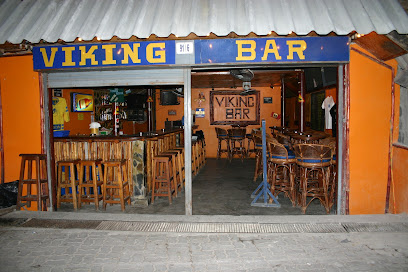
Happy Bar
Discover the vibrant nightlife at Happy Bar on Chaweng Beach, where stunning views and delicious cocktails create unforgettable experiences in Ko Samui.
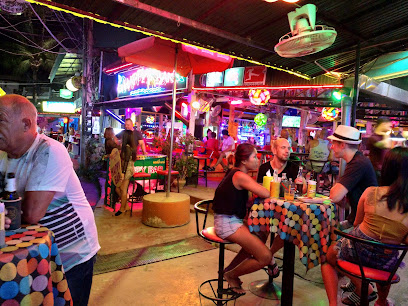
Our Bar
Experience the vibrant nightlife and tropical charm at Our Bar in Ko Samui, where stunning views and refreshing cocktails await every visitor.
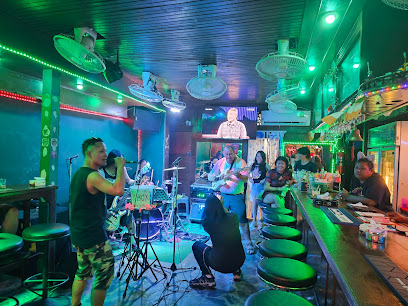
Infinite Social Bar Chaweng
Discover the vibrant nightlife at Infinite Social Bar Chaweng, offering handcrafted cocktails and a lively atmosphere by the beach.
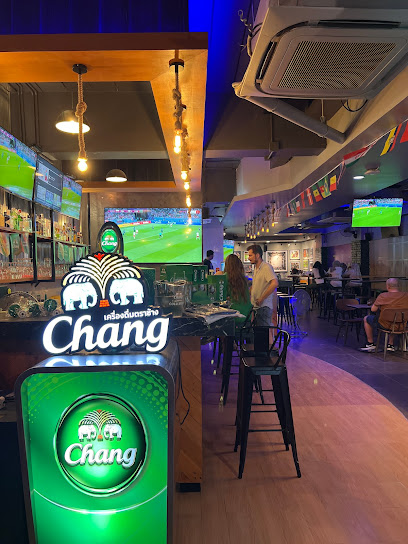
Local Phrases
-
- Helloสวัสดี
[sawasdee] - Goodbyeลาก่อน
[laa kon] - Yesใช่
[chai] - Noไม่
[mai] - Please/You're welcomeโปรด/ยินดี
[proht/yin dee] - Thank youขอบคุณ
[kop khun] - Excuse me/Sorryขอโทษ
[kor toht] - How are you?สบายดีไหม
[sabai dee mai] - Fine. And you?สบายดีค่ะ คุณล่ะ
[sabai dee ka kun la] - Do you speak English?คุณพูดภาษาอังกฤษได้ไหม
[kun poot paa saa ang grit dai mai] - I don't understandฉันไม่เข้าใจ
[chan mai kao jai]
- Helloสวัสดี
-
- I'd like to see the menu, pleaseฉันต้องการดูเมนู โปรด
[chan tong gaan doo menu proht] - I don't eat meatฉันไม่กินเนื้อ
[chan mai gin neuua] - Cheers!ชน
[chon] - I would like to pay, pleaseฉันต้องการจ่ายเงิน โปรด
[chan tong gaan jai ngern proht]
- I'd like to see the menu, pleaseฉันต้องการดูเมนู โปรด
-
- Help!ช่วยด้วย!
[chuay duay!] - Go away!ไปห่างๆ!
[bpai hang hang!] - Call the Police!โทรหาตำรวจ!
[tor haa dtam ruaht!] - Call a doctor!โทรหาหมอ!
[tor haa mor!] - I'm lostฉันเสียหาย
[chan sia hai] - I'm illฉันไม่สบาย
[chan mai sabai]
- Help!ช่วยด้วย!
-
- I'd like to buy...ฉันต้องการซื้อ...
[chan tong gaan seuu...] - I'm just lookingฉันแค่ดูอย่างเดียว
[chan kae doo yang diao] - How much is it?ราคาเท่าไร
[raa kaa tao rai] - That's too expensiveแพงไป
[paeng bai] - Can you lower the price?ลดราคาได้ไหม
[lot raa kaa dai mai]
- I'd like to buy...ฉันต้องการซื้อ...
-
- What time is it?ตอนนี้กี่โมง
[dton nee gee mong] - It's one o'clockเป็นโมงที่หนึ่ง
[pen mong tee neung] - Half past (10)สามสิบครึ่ง
[saam sip kreuang] - Morningเช้า
[chao] - Afternoonบ่าย
[bai] - Eveningเย็น
[yen] - Yesterdayเมื่อวาน
[meua waan] - Todayวันนี้
[wan nee] - Tomorrowพรุ่งนี้
[proong nee] - 1หนึ่ง
[neung] - 2สอง
[song] - 3สาม
[saam] - 4สี่
[see] - 5ห้า
[ha] - 6หก
[hok] - 7เจ็ด
[jet] - 8แปด
[bped] - 9เก้า
[gao] - 10สิบ
[sip]
- What time is it?ตอนนี้กี่โมง
-
- Where's a/the...?ที่ไหนอยู่...?
[tee nai yoo...?] - What's the address?ที่อยู่คืออะไร
[tee yoo keu ah rai] - Can you show me (on the map)?คุณแสดงให้ฉันดูได้ไหม
[kun sa daeng hai chan doo dai mai] - When's the next (bus)?รถเมล์ต่อไปเมื่อไหร่
[rot mel dtor bpai meua rai] - A ticket (to ....)บัตรโดยสาร (ไป...)
[bat dtor sai (bpai...)]
- Where's a/the...?ที่ไหนอยู่...?
History of Chaweng
-
Chaweng's history dates back to the early settlement of Koh Samui, where it was primarily inhabited by fishing communities. The island's strategic location in the Gulf of Thailand made it a crucial site for local fishermen who relied on the rich marine resources. The name 'Chaweng' is believed to derive from the local words for 'sand', reflecting the area’s beautiful beaches that have attracted settlers for centuries.
-
In the 1970s, Chaweng began to transform from a quiet fishing village into a bustling tourist destination. The influx of backpackers and travelers seeking the island's natural beauty led to the establishment of guesthouses and restaurants. This marked the start of a tourism boom that would shape the neighborhood into one of the most popular areas on Koh Samui, with vibrant nightlife and a variety of accommodations.
-
Chaweng is not only known for its beaches but also for its cultural heritage. The local Buddhist temples, such as Wat Chaweng, reflect the spiritual and cultural practices of the Thai community. Festivals, particularly the Songkran (Thai New Year) celebrations, showcase traditional customs and offer visitors a glimpse into the local way of life, blending modern tourism with historical roots.
-
As Chaweng evolved into a major tourist center, the rapid development brought both economic opportunities and challenges. While many locals benefited from the tourism industry, there were concerns about the preservation of traditional lifestyles and the environment. The balance between modernization and cultural preservation continues to be a pivotal theme in Chaweng's ongoing history.
-
In recent years, there has been a growing awareness of sustainable tourism practices in Chaweng. Local businesses and community initiatives are increasingly focusing on environmental conservation and cultural heritage preservation. Efforts to promote eco-friendly tourism and support for local artisans reflect a shift towards a more responsible approach that honors the rich history and culture of Chaweng while accommodating the needs of modern travelers.
Chaweng Essentials
-
Chaweng is located approximately 10 kilometers from Samui International Airport. You can reach Chaweng from the airport by taxi, which usually takes around 15-20 minutes. Alternatively, if you are coming from other neighborhoods like Lamai or Bophut, local songthaews (shared taxis) provide a convenient and affordable way to get around the island. These operate along fixed routes and cost a fraction of a private taxi fare.
-
Chaweng is well-connected by local transport options. Songthaews are the primary mode of public transport and run frequently between key areas. For more flexibility, consider renting a scooter or bicycle, which is a popular choice among tourists. However, ensure you have the necessary driving licenses and wear a helmet. Walking is also a great option for exploring the beach and nearby shops, as many attractions are within easy reach.
-
Chaweng is generally a safe area for tourists, but it's wise to remain cautious. Petty crimes like theft may occur, particularly in crowded places or on the beach at night. Avoid walking alone in poorly lit areas after dark, especially near the quieter parts of the beach. While there are no specific high-crime zones targeting tourists, always stay aware of your surroundings and keep your belongings secure.
-
In case of an emergency, dial 191 for police assistance or 1669 for medical emergencies. The main hospital in Chaweng is Bangkok Hospital Samui, which is well-equipped for various medical needs. It’s advisable to have travel insurance that covers emergencies. Pharmacies are readily available throughout Chaweng for minor health issues and over-the-counter medications.
-
Fashion: Do dress modestly when visiting temples or local villages; swimwear should only be worn at the beach. Religion: Do respect local customs; remove your shoes when entering temples. Public Transport: Do be polite and give your seat to those in need, and don't eat or drink on public transport. Greetings: Do greet locals with a smile and a slight bow; avoid overly casual greetings. Eating & Drinking: Do try local dishes and street food; don't waste food or make a mess, as this can be seen as disrespectful.
-
To experience Chaweng like a local, visit the vibrant night markets where you can sample authentic Thai street food. Engage with local vendors and artisans at these markets. For a unique cultural experience, take part in a Muay Thai class or watch a live match at one of the local stadiums. Don’t miss the opportunity to enjoy a traditional Thai massage at one of the many local spas for a truly relaxing experience.
Nearby Cities to Chaweng
-
Things To Do in Surat Thani
-
Things To Do in Nakhon Si Thammarat
-
Things To Do in Chumphon
-
Things To Do in Ranong
-
Things To Do in Krabi
-
Things To Do in Trang
-
Things To Do in Phuket
-
Things To Do in Satun
-
Things To Do in Hua Hin
-
Things To Do in Langkawi
-
Things To Do in Koh Rong
-
Things To Do in Rayong
-
Things To Do in Pattaya
-
Things To Do in Koh Kong
-
Things To Do in Trat











